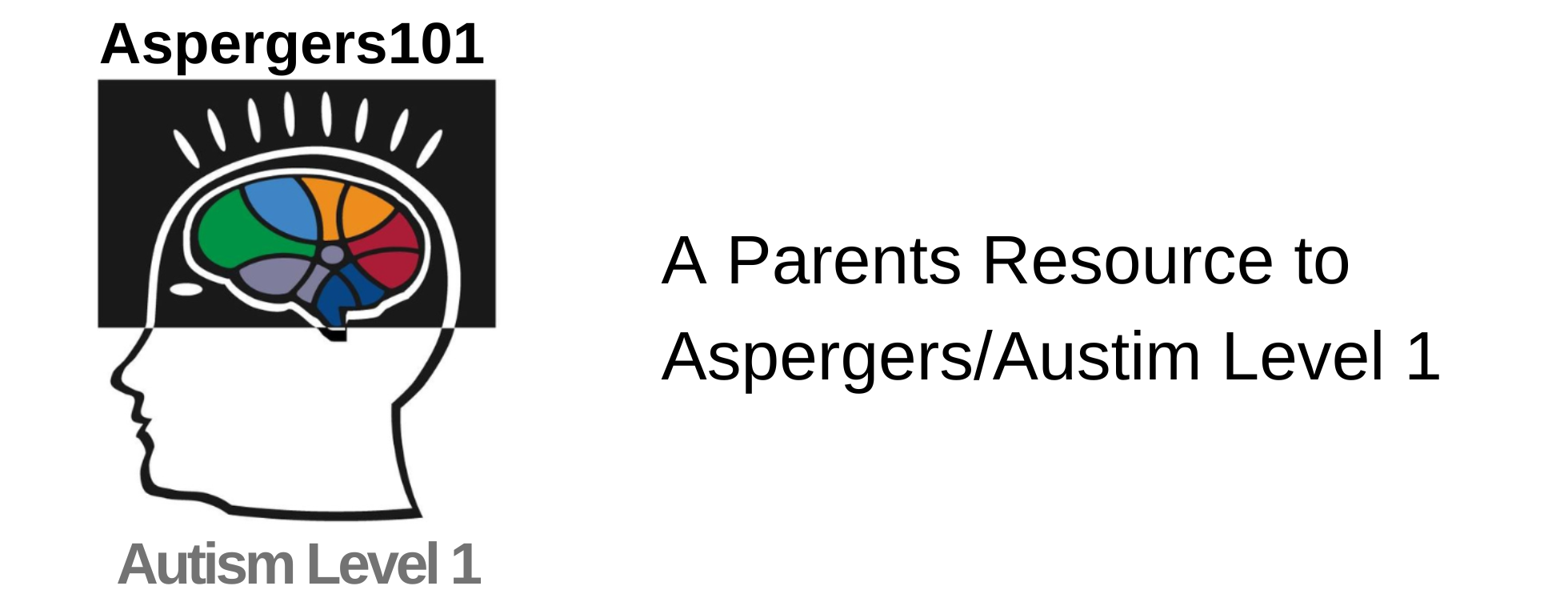The latest Diagnostic and Statistical Manual, Fifth Edition (DSM-V), published by American Psychiatric Association, was released in May 2013. As you probably already know, the DSM-V significantly revised the diagnostic category under which Aspergers and autistic disorder previously fell in the DSM-IV-TR.

Specifically, in the DSM-IV-TR, Pervasive Developmental Disorders was the diagnostic category that included five disorders: autistic disorder, Rett’s disorder, childhood disintegrative disorder, Aspergers disorder, and pervasive developmental disorder not otherwise specified. Each of the five disorders had their own specific criteria used to make a diagnosis.
The DSM-V contains the newly-created diagnostic category of Autism Spectrum Disorder. The essential features of this category are persistent impairment in social communication and social interaction (Criterion A) and restricted, repetitive patterns of behavior, interests, or activities (Criterion B). Criterion C relates to the symptoms’ presence from early childhood and Criterion D requires that the symptoms limit or impair everyday functioning. Criterion E relates to ruling out the role of intellectual disability or global developmental delay in explaining the occurrence of Criteria A and B.
Criterion A: Persistent deficits in social communication and social interaction
- Deficits in social-emotional reciprocity
- Examples: abnormal social approach to others; failure of back-and-forth conversation; reduced sharing of interests, emotions, or affect; failure to initiate or respond to social interactions
- Deficits in nonverbal communicative behaviors used for social interaction
- Examples: poorly integrated verbal and nonverbal communication; abnormalities in eye contact and body language; deficits in understanding and use of gestures; total lack of facial expressions and nonverbal communication
- Deficits in developing, maintaining, and understanding relationships
- Examples: difficulty adjusting behavior to suit various social contexts; difficulties in sharing imaginative play or in making friends; absence of interest in peers
Criterion B: Restricted, repetitive patterns of behavior, interests, or activities
- Stereotyped or repetitive motor movements, use of objects, or speech
- Examples: simple motor stereotypies; lining up toys or flipping objects; echolalia; idiosyncratic phrases
- Insistence on sameness, inflexible adherence to routines, or ritualized patterns of behavior or nonverbal behavior
- Examples: extreme distress at small changes; difficulties with transitions, rigid thinking patterns, greeting rituals; need to take same route or eat same food each day
- Highly restricted, fixated interests that are abnormal in intensity or focus
- Examples: strong attachment to or preoccupation with unusual objects; excessively circumscribed or perseverative interests
- Hyper- or hyporeactivity to sensory input or unusual interest in sensory aspects of the environment
- Examples: apparent indifference to pain/temperature; adverse response to specific sounds or textures; excessive smelling or touching of objects; visual fascination with lights or movement
The DSM-V specifically states, “Individuals with a well-established DSM-IV diagnosis of autistic disorder, Asperger’s disorder, or pervasive developmental disorder not otherwise specified should be given the diagnosis of autism spectrum disorder” (p. 51).
Furthermore, for those individuals who have marked deficits in social communication but do not otherwise meet the criteria for autism spectrum disorder, the DSM-V states that these individuals should be evaluated for social (pragmatic) communication disorder. You can read about the essential features of this disorder here.
By Loree Primeau, PhD, OTR, FAOTA, Executive Director, Autism Community Network
Source: Diagnostic and Statistical Manual of Mental Disorders, Fifth Edition (DSM-V), American Psychiatric Association, 2013.
A graduate of Abilene Christian University, Jennifer had a long career in TV Broadcasting. Upon learning her oldest son Sam had a form of Autism called Asperger’s Syndrome, she left her career and became a full-time mother to both of her sons. Jennifer elicited the participation of her family and together they produced several independent programs including a children’s animated series titled Ameriquest Kids, as well as a documentary and book titled, Coping to Excelling: Solutions for School-age Children Diagnosed with High-Functioning Autism or Aspergers Syndrome. She formed the nonprofit Asperger101 to provide on-going free resources related to ASD at Aspergers101.com and has implemented the Texas Driving with Disability Program and continues to grow the statewide initiative today. She and her husband have recently retired to their property in the Texas Hill Country.



Victoria is a great lady and I want spread out her life expecienre to all my friends . Good it is very good ! Blessings ! Her all the things rings true to me !
Thank you. A well written educational post.